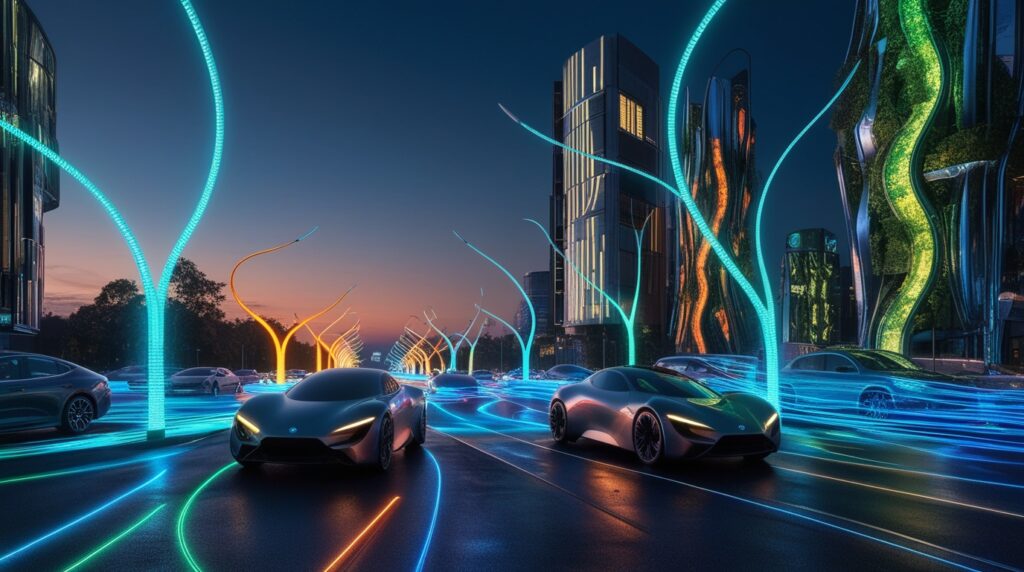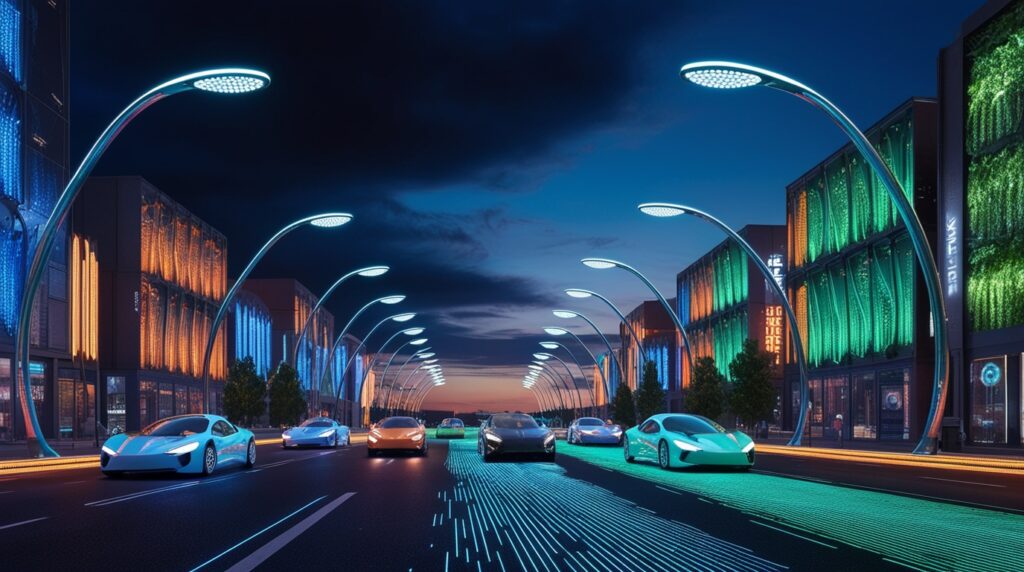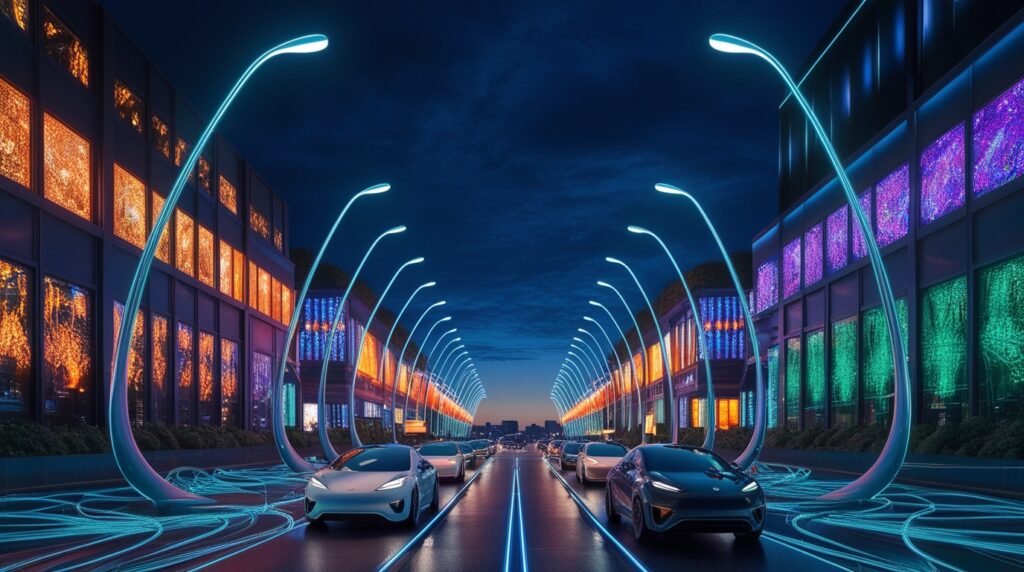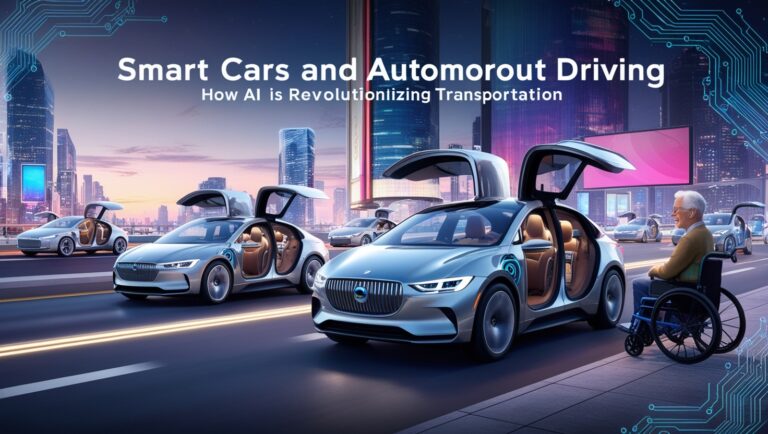The Future of Digital Light: Revolutionizing Illumination in a Connected World

Introduction
Light is an essential part of human existence, from natural sunlight to the artificial illumination that enables 24/7 productivity. In recent years, technological advancements have ushered in a new era of digital light, a transformative concept blending illumination with data communication, energy efficiency, and interconnectivity. This article explores the origins, current innovations, and future potential of digital light in revolutionizing industries and daily life.
What is Digital Light?
Digital light refers to the use of digitally-controlled light sources for various applications beyond traditional lighting. Unlike static illumination, digital light combines LED technology, dynamic controls, and sometimes data transfer capabilities (e.g., Li-Fi). This innovation enables customizable, programmable, and multifunctional lighting systems.
Key elements of digital light include:
- Dynamic Color Adjustments: Tailored hues and intensities for aesthetics and circadian rhythm alignment.
- Interactivity: Integration with IoT devices for smart home or building automation.
- Communication: Transmission of data using light waves (Li-Fi technology).
Applications of Digital Light

- Smart Cities
Digital lighting systems in urban settings optimize energy consumption while improving safety and aesthetics. Adaptive streetlights adjust brightness based on traffic and pedestrian flow, reducing energy waste and light pollution. - Healthcare
Hospitals and clinics are adopting human-centric lighting (HCL) systems to support patients’ well-being. By mimicking natural sunlight, these systems regulate circadian rhythms, enhancing recovery and mood. - Retail and Entertainment
Dynamic lighting creates immersive experiences in theaters, concerts, and retail stores. Customizable digital light setups guide consumer behavior and elevate brand identities. - Agriculture
Horticultural lighting, using precise light wavelengths, boosts crop growth and quality. Controlled environments with digital light allow year-round cultivation. - Communication (Li-Fi)
Li-Fi, or light-based wireless communication, uses LED lights to transmit data at high speeds, potentially rivaling Wi-Fi. This technology holds promise for secure and interference-free connectivity in crowded environments like airports and stadiums.
Challenges and Innovations
Despite its promise, digital light faces challenges:
- Initial Costs: High upfront costs for infrastructure and technology adoption.
- Data Security: Li-Fi technology must address privacy and interference concerns.
- Regulation and Standardization: Lack of unified standards slows adoption.
Innovators are addressing these issues through research in miniaturized components, enhanced data encryption, and energy-efficient designs.
The Future of Digital Light
The next decade will likely see breakthroughs in digital light applications:
- Autonomous Vehicles: Headlights integrated with sensors to improve road safety.
- Smart Homes: Completely automated lighting synchronized with personal schedules.
- AR/VR Integration: Enhanced realism in augmented and virtual reality environments through adaptive lighting.
In parallel, advancements in quantum dots and micro-LEDs are expected to push digital light capabilities even further, enabling ultra-precise lighting control and energy efficiency.
Conclusion

Digital light is more than illumination; it represents a convergence of light and technology that transforms how we interact with the world. From improving sustainability to enabling futuristic communication, digital light is poised to redefine innovation across industries.
The era of digital light is here, and its potential is only beginning to shine.






